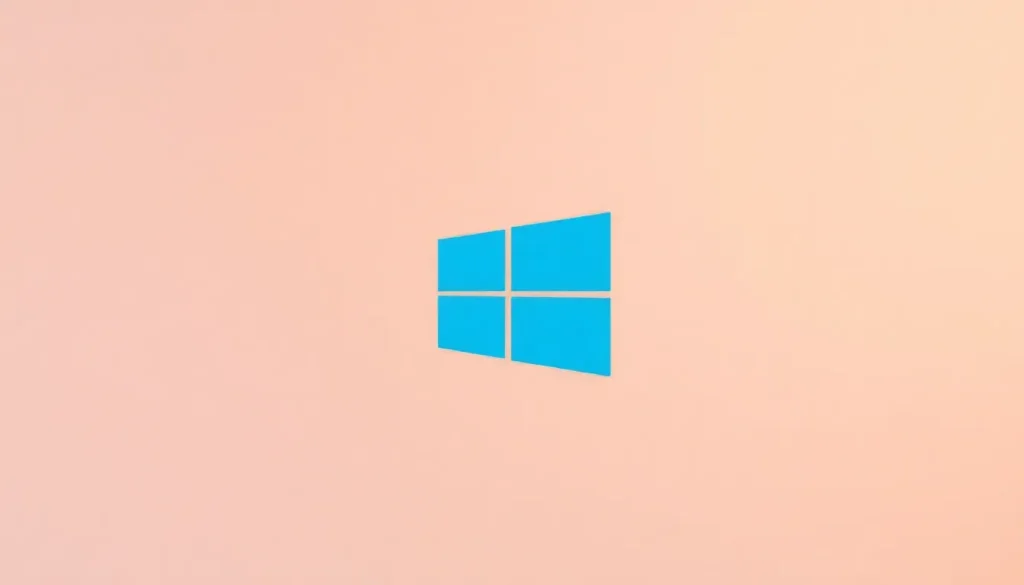Microsoft halts Windows 10 to Windows 11 upgrade a day before EOL

As the deadline looms for Windows 10's end of life, many users are scrambling to upgrade to Windows 11. However, a recent issue with Microsoft's Media Creation Tool has left some users in a bind, just when they need it the most. Understanding the implications of this situation is crucial for anyone relying on older versions of Windows. Let’s delve deeper into this pressing topic.
- Microsoft's abrupt discontinuation of Media Creation Tool before Windows 10's EOL
- Recognizing the issue: Microsoft's guidance on ISO downloads
- Impact of not upgrading to Windows 11 before October 2025
- Understanding Windows 10's support lifecycle
- Do I need to upgrade Windows 10 before upgrading to Windows 11?
Microsoft's abrupt discontinuation of Media Creation Tool before Windows 10's EOL
On October 14, Microsoft officially marked the end of Windows 10, commonly referred to as its End of Life (EOL). After this date, Windows 10 will no longer receive critical security updates, making it increasingly vulnerable to security threats. The only exception for those who wish to extend their usage is joining the Extended Security Updates (ESU) program, which provides an additional year of updates. However, for the average user, the best course of action is to upgrade before the EOL occurs.
Despite Microsoft's strong encouragement for users to transition to Windows 11, a significant setback occurred just a day before Windows 10's EOL: the Media Creation Tool (MCT) was rendered ineffective. This tool is essential for users looking to upgrade from Windows 10 to Windows 11, as it allows for the creation of a bootable USB drive or the download of the necessary ISO file for installation. Unfortunately, users have reported that the tool may not function correctly, potentially closing unexpectedly without warning.
The timing of this disruption is particularly critical, as many users are likely to postpone their upgrades until the last moment. This scenario raises concerns, as those who waited until the final hours to upgrade to Windows 11 may find themselves without a viable means to do so.
As we approach the final hours of Windows 10's support, it’s essential to understand that all new features and updates will be exclusively available on Windows 11. Eventually, Windows 11 itself will also reach its end of life, paving the way for future iterations like Windows 12.
Recognizing the issue: Microsoft's guidance on ISO downloads
In light of the problems faced with the Media Creation Tool, Microsoft has acknowledged the situation and provided an alternative solution. Users can download the ISO file for Windows 11 directly from Microsoft's website, which can be used to perform the upgrade manually.
If you opt for this method, here’s a step-by-step guide on how to proceed:
- Visit the Windows 11 download page.
- Select the ISO download option for x64 devices.
- Follow the installation instructions provided on the site.
This download method allows you to bypass the issues with the MCT and proceed with the upgrade seamlessly. Here are additional installation methods using the ISO:
Creating a Bootable USB Drive or DVD
- After downloading the ISO file, locate it on your computer.
- If using the built-in disc burning feature on Windows:
- Right-click the ISO file, select Properties, and change the program that opens your ISO files to Windows Explorer.
- Click Apply to ensure the option to Burn disc image appears when you right-click the ISO file.
- If you prefer third-party software, right-click the ISO file and choose the appropriate burn option.
Installing Directly from the ISO File
If you prefer not to use a USB or DVD, you can install Windows 11 directly from the ISO:
- Locate the downloaded ISO file and right-click on it.
- Select Properties, then change the default program to Windows Explorer.
- Right-click the ISO file again and select Mount.
- A virtual drive will be created, allowing you to access the files inside. Double-click on setup.exe to start the installation process.
Impact of not upgrading to Windows 11 before October 2025
For users who choose to remain on Windows 10 past its EOL, the consequences can be significant. Without security updates, systems will become increasingly vulnerable to malware and other cybersecurity threats. Moreover, software developers will likely phase out support for Windows 10, leading to compatibility issues with many applications.
By October 2025, the transition to Windows 11 will be more pressing as the landscape of technology continues to evolve. Users will find themselves needing to upgrade not only for security purposes but also to access new features and functionalities that are becoming standard in modern computing.
Understanding Windows 10's support lifecycle
Microsoft's decision to discontinue support for Windows 10 was not taken lightly. The company has aimed to push users towards adopting their latest operating systems to enhance security and user experience. As a result, Windows 10's lifecycle has been clearly defined:
- Initial release: July 2015
- Mainstream support: Continues until October 2025
- Extended support: Limited to users enrolled in the ESU program, ending in 2026 for those that qualify
This structured timeline allows users to prepare for transitions and highlights the importance of regular upgrades in maintaining a secure computing environment.
Do I need to upgrade Windows 10 before upgrading to Windows 11?
One common question among users is whether they need to perform any updates to their current Windows 10 version before upgrading to Windows 11. The answer is no; you can directly upgrade from Windows 10 to Windows 11 without needing to install any additional updates.
However, it is advisable to ensure that your current version of Windows 10 is functioning optimally to avoid any potential issues during the upgrade process. Users should consider checking:
- For any pending updates, which can be done through Windows Update.
- Existing software compatibility with Windows 11.
- Backup important files and data before proceeding with the upgrade.
As the deadline approaches, not only does the importance of upgrading become apparent, but also the necessity of being prepared for any unexpected issues that may arise. For further insights, you may find this video helpful:




Leave a Reply